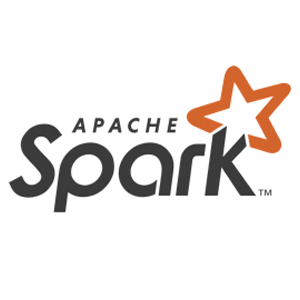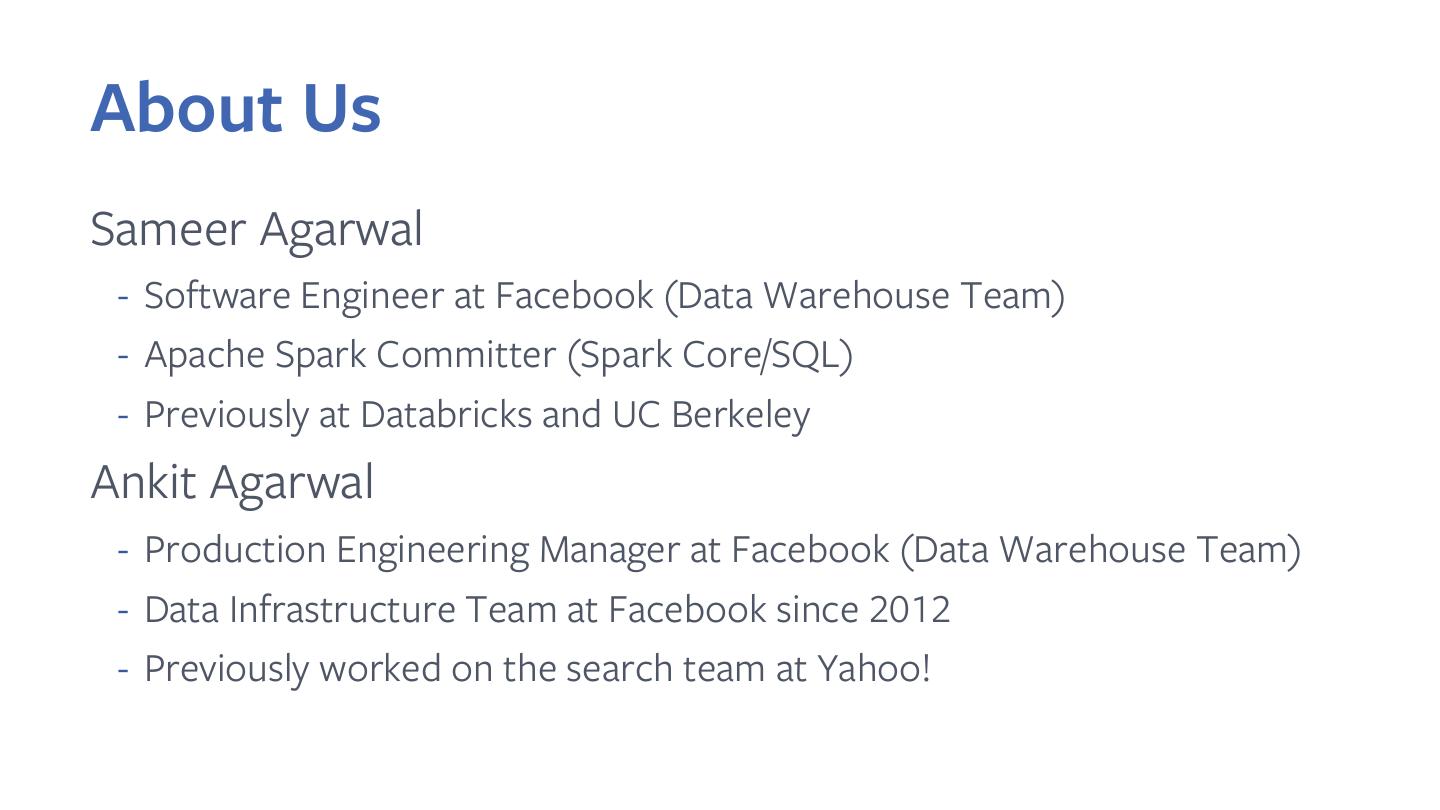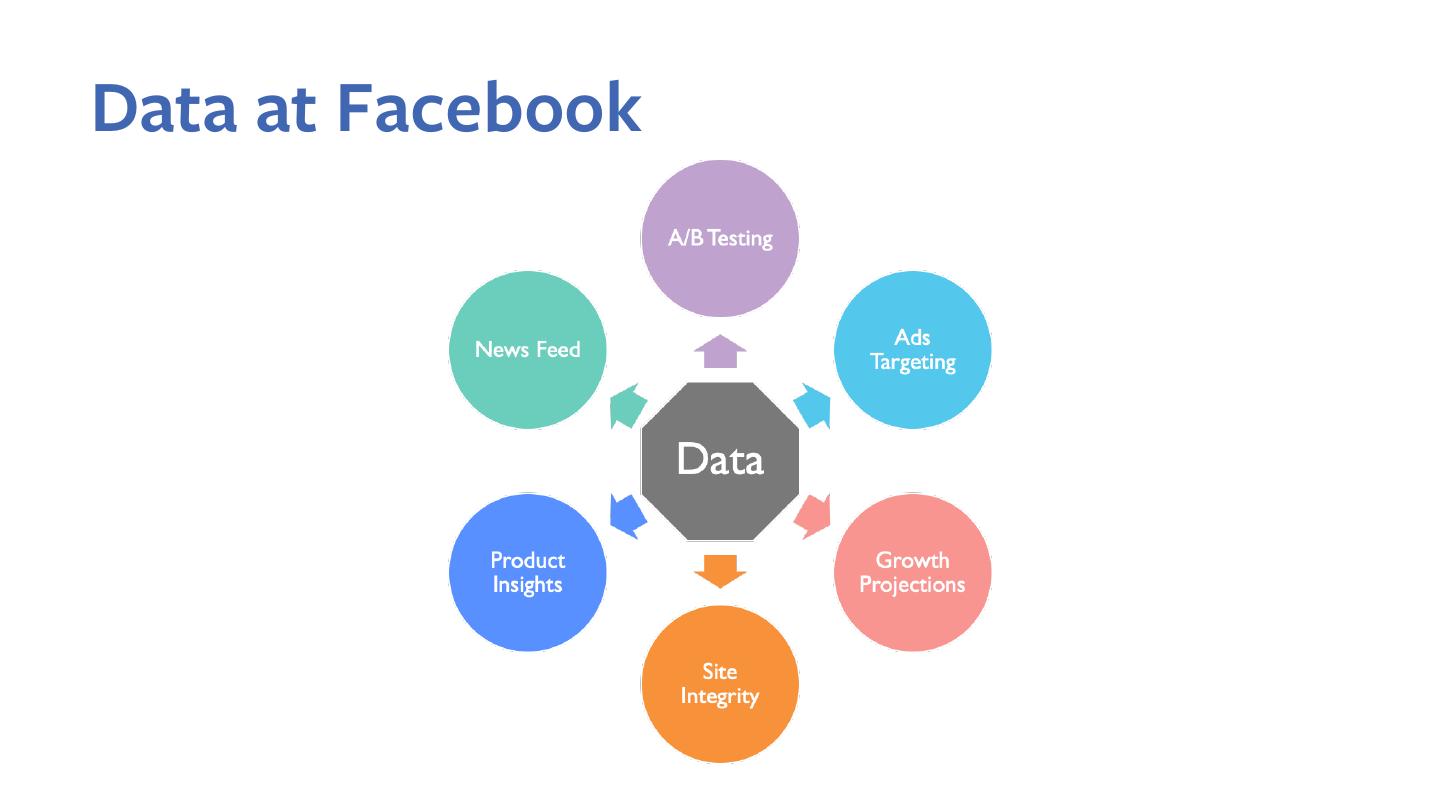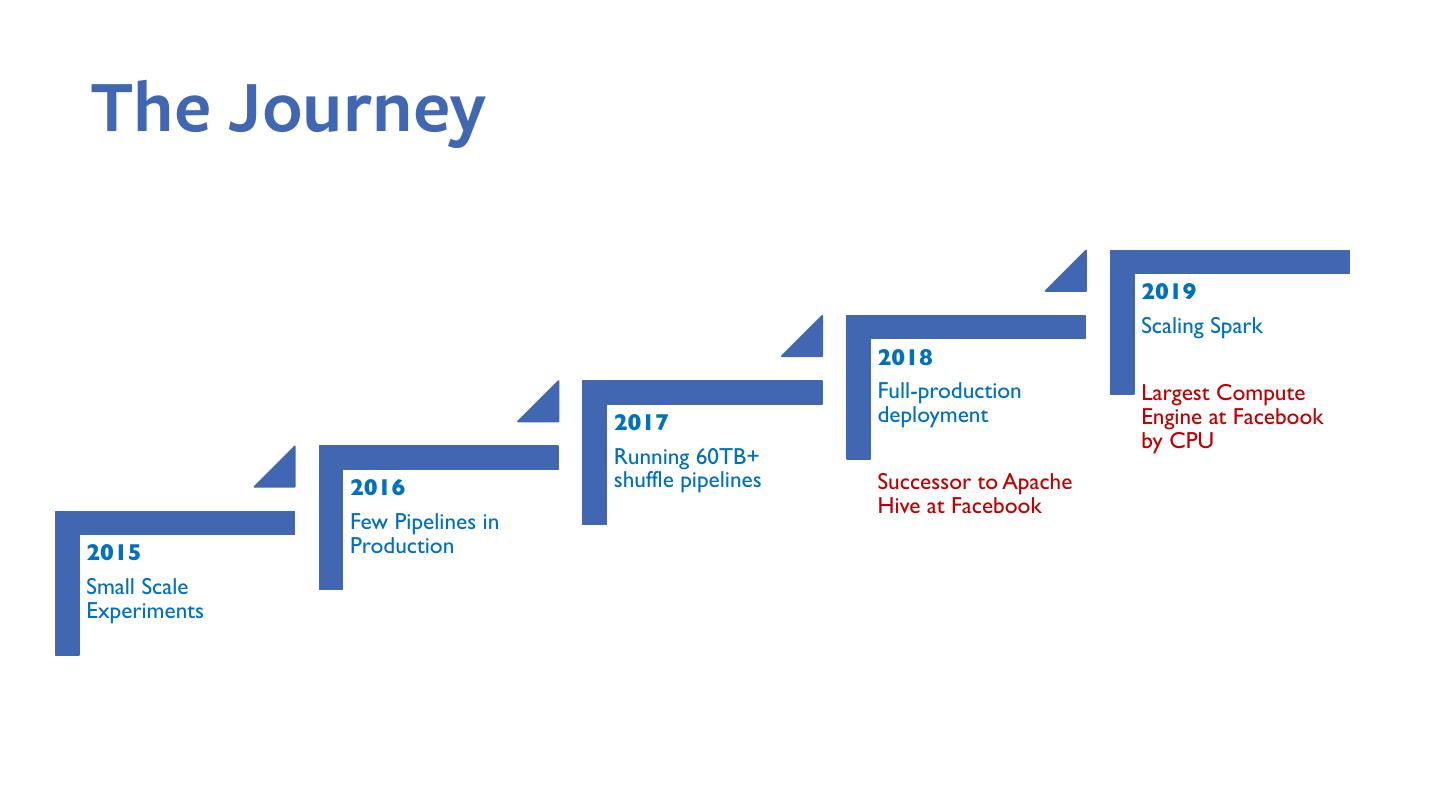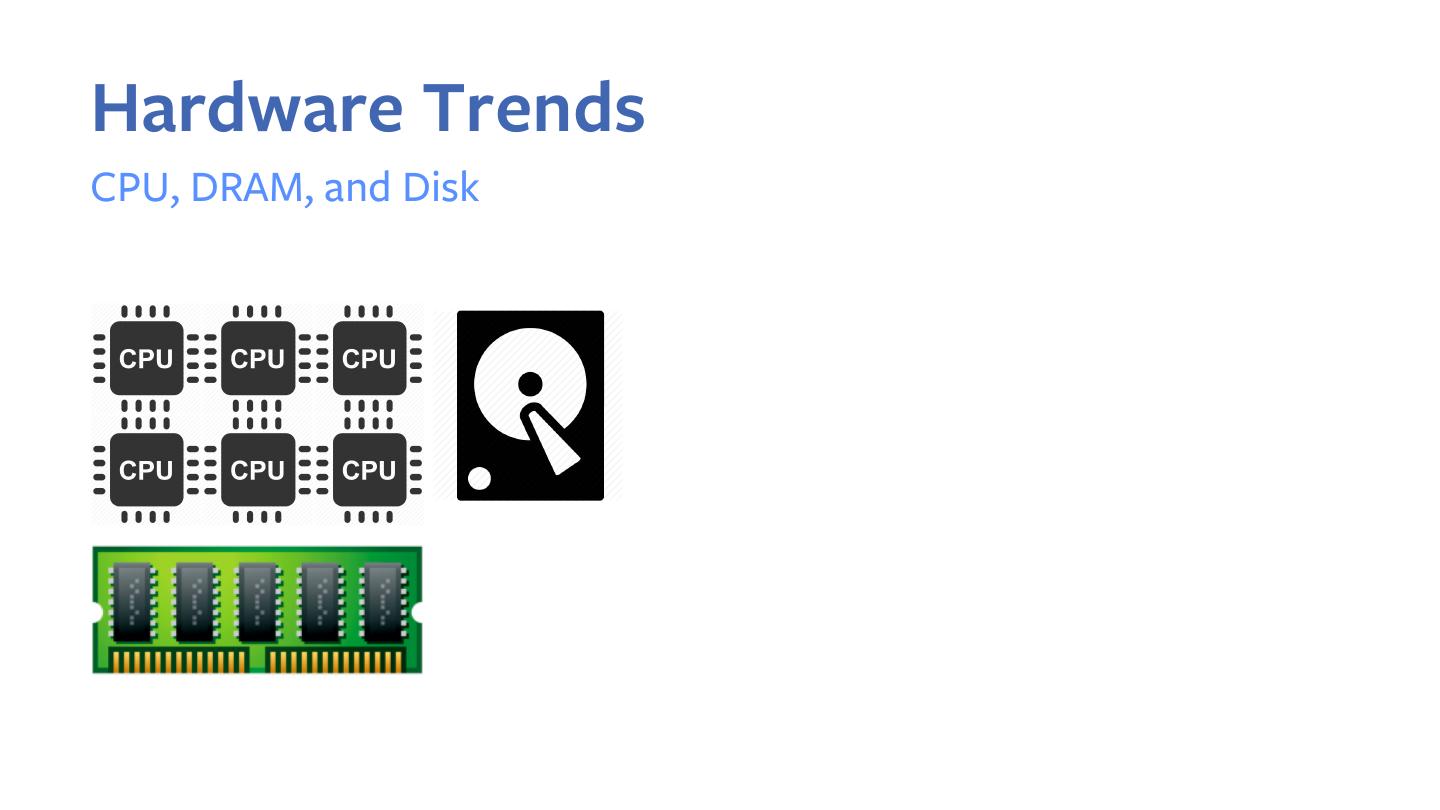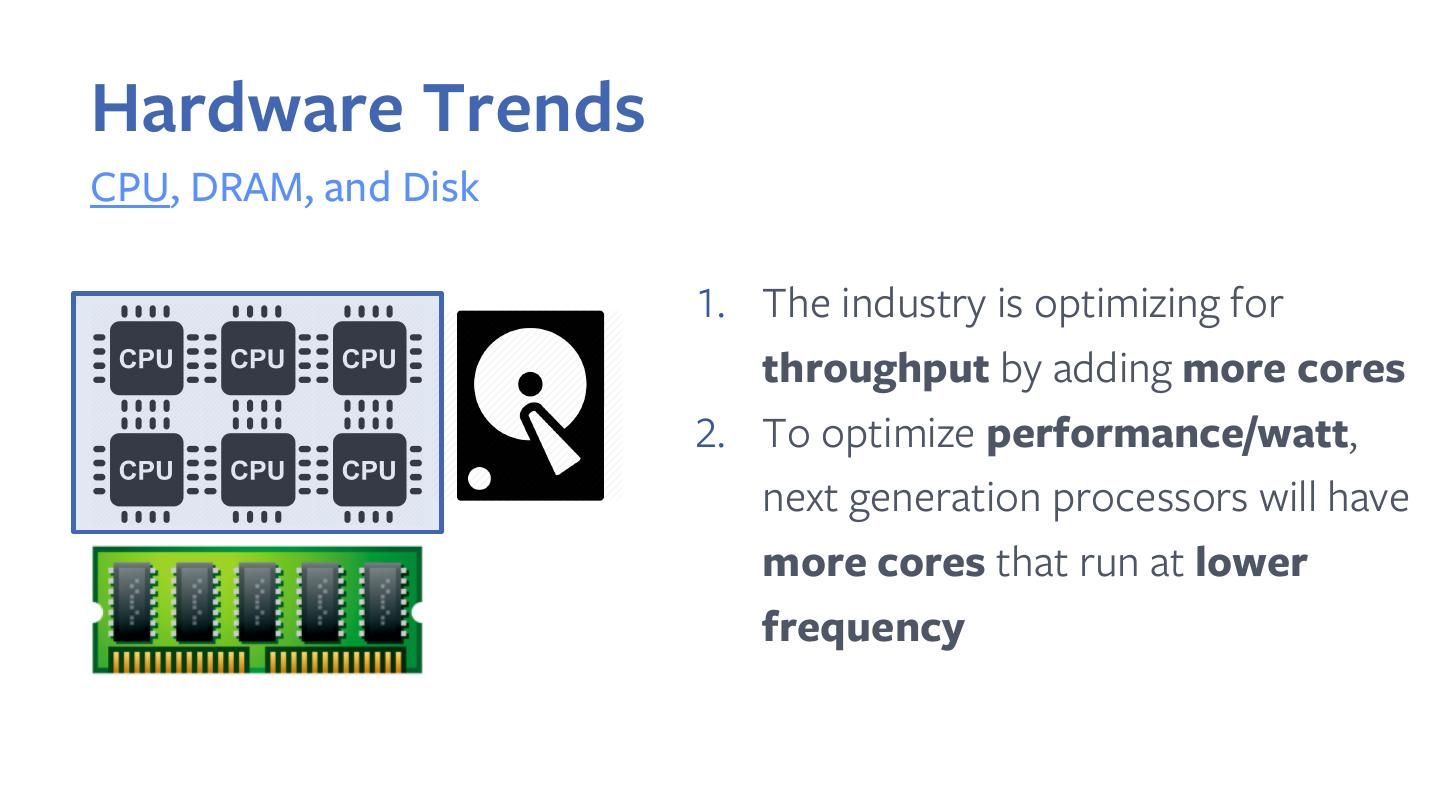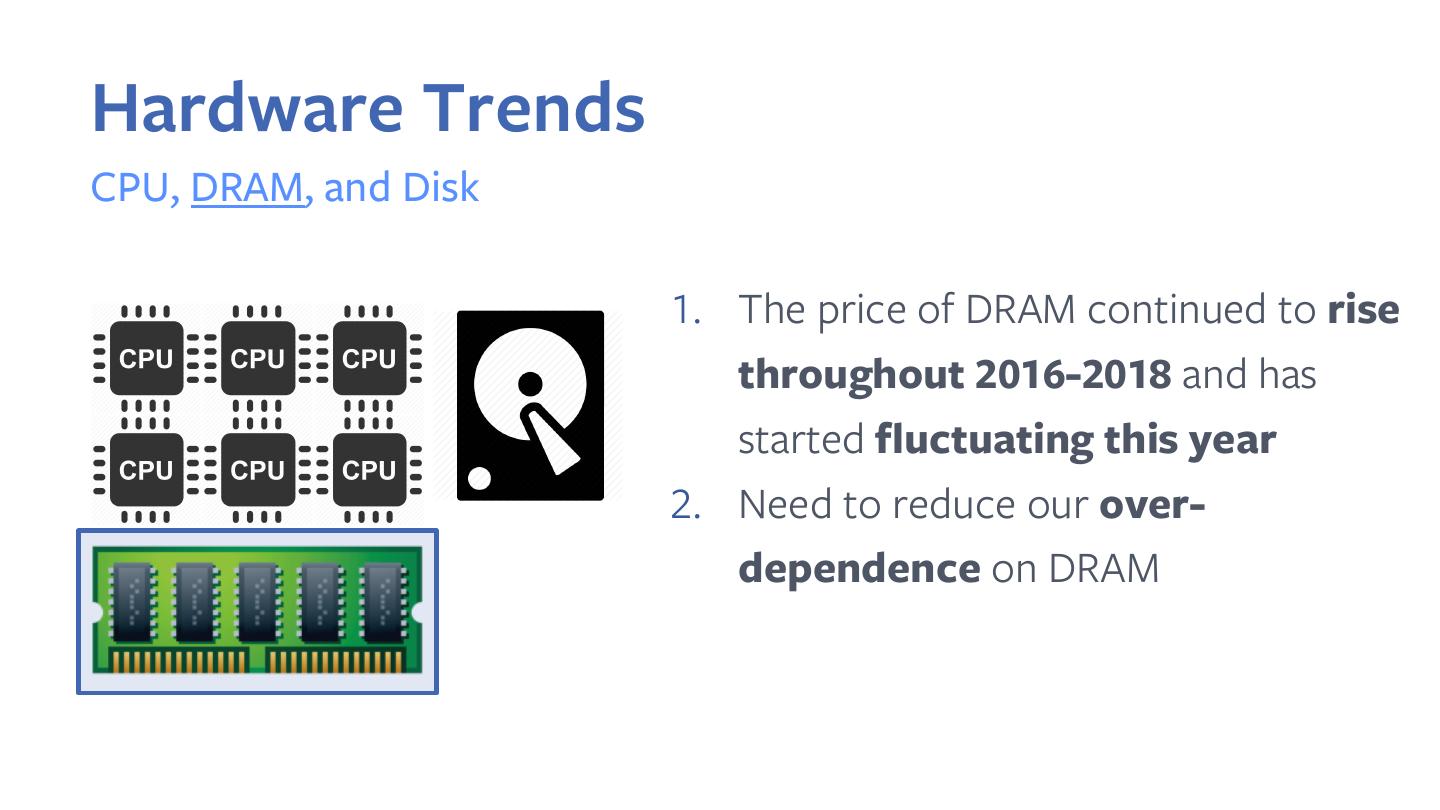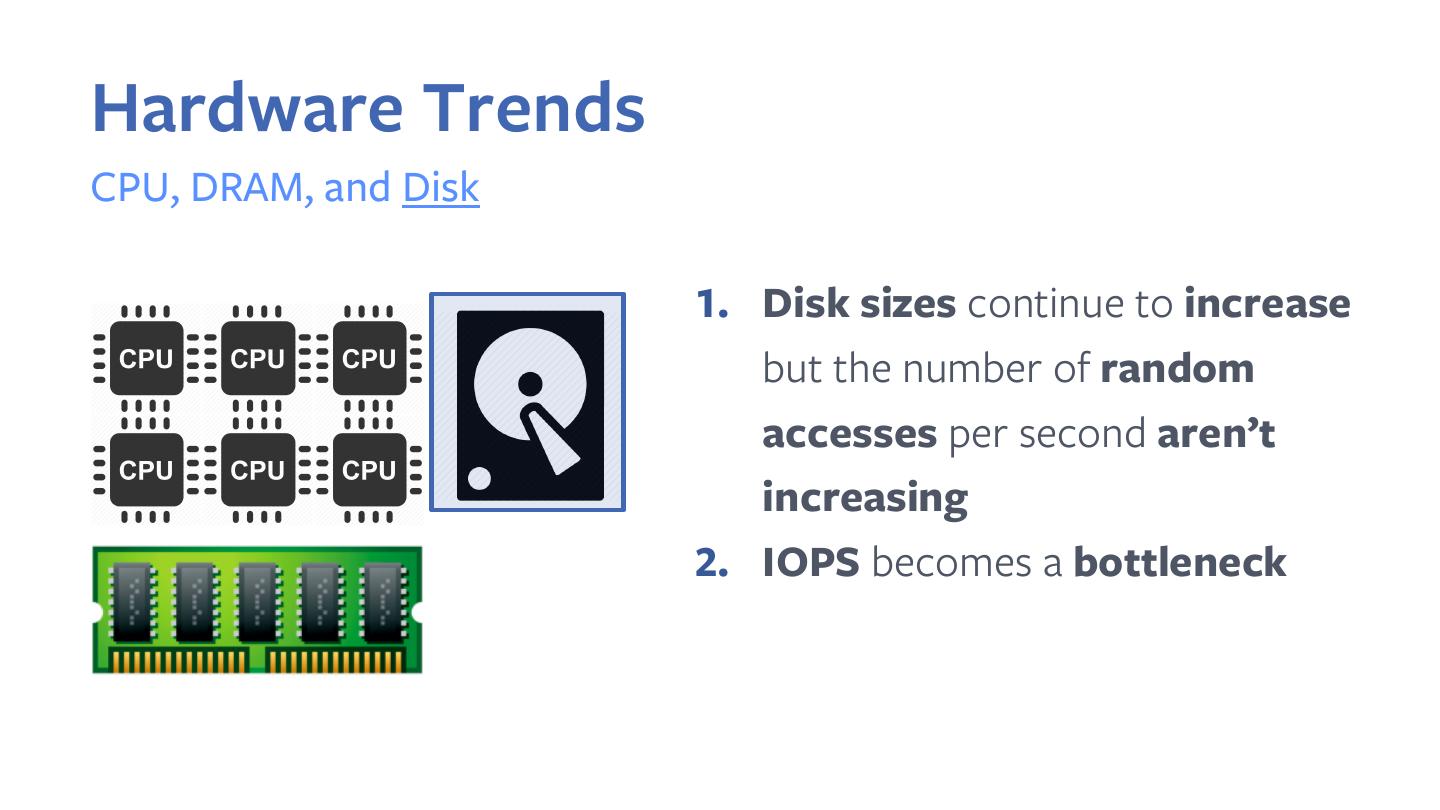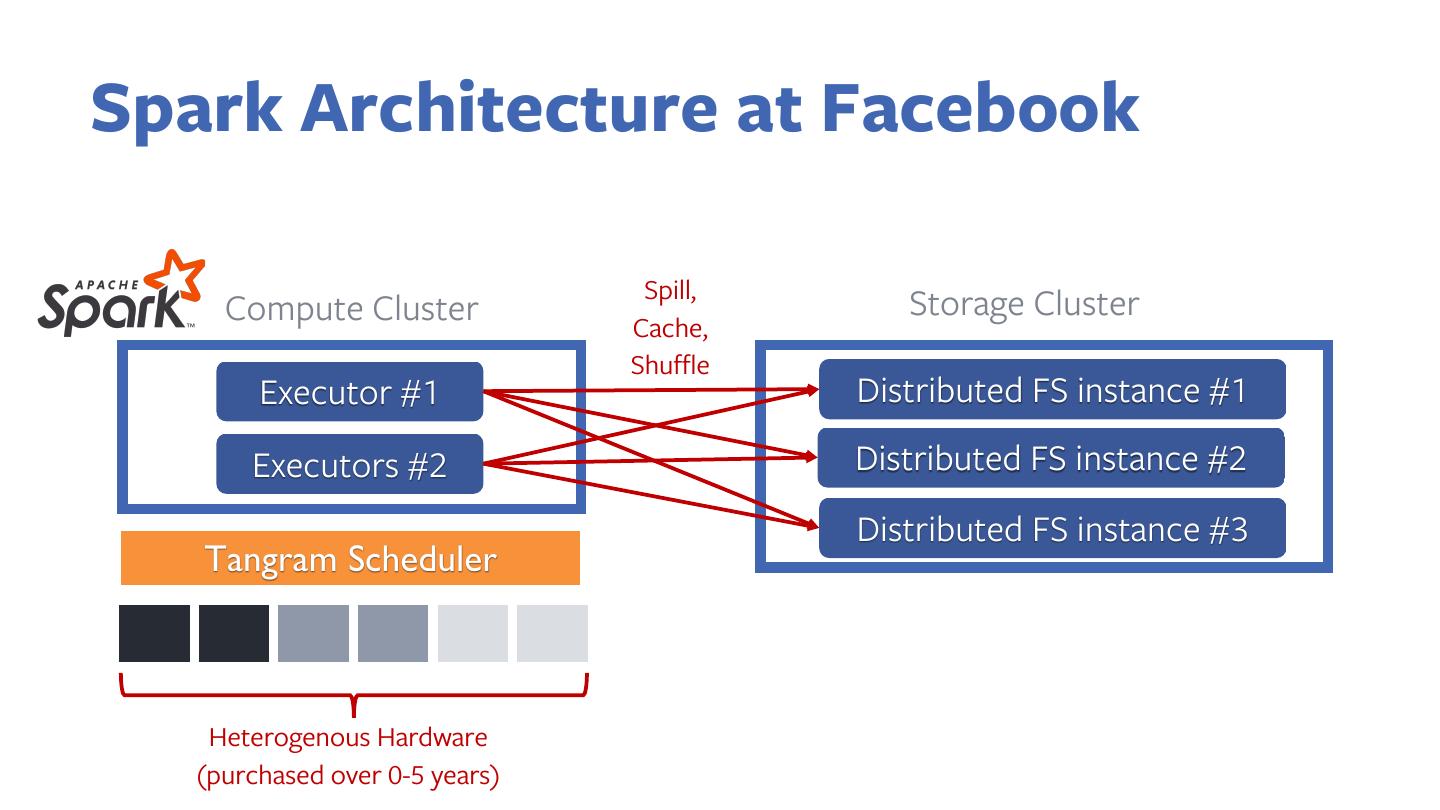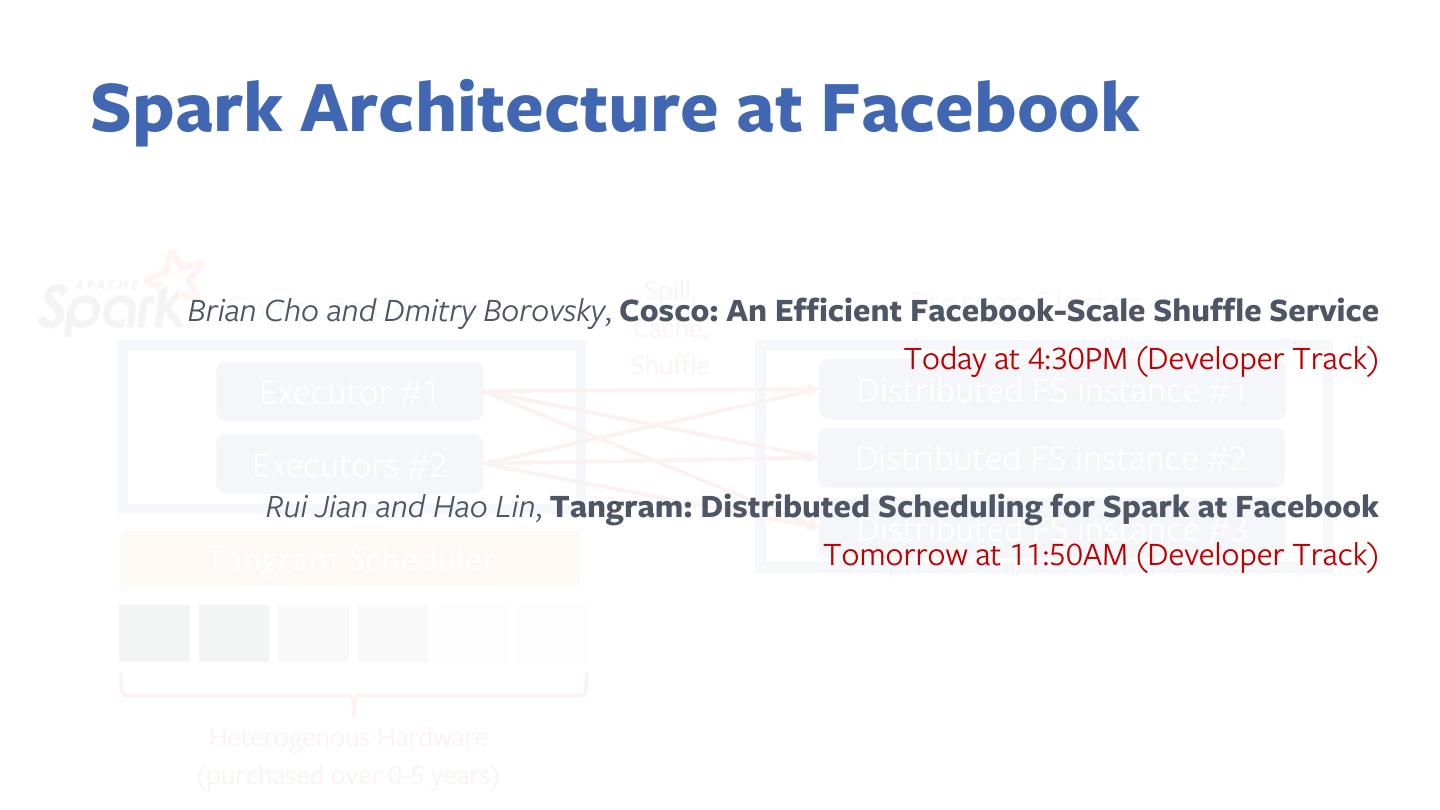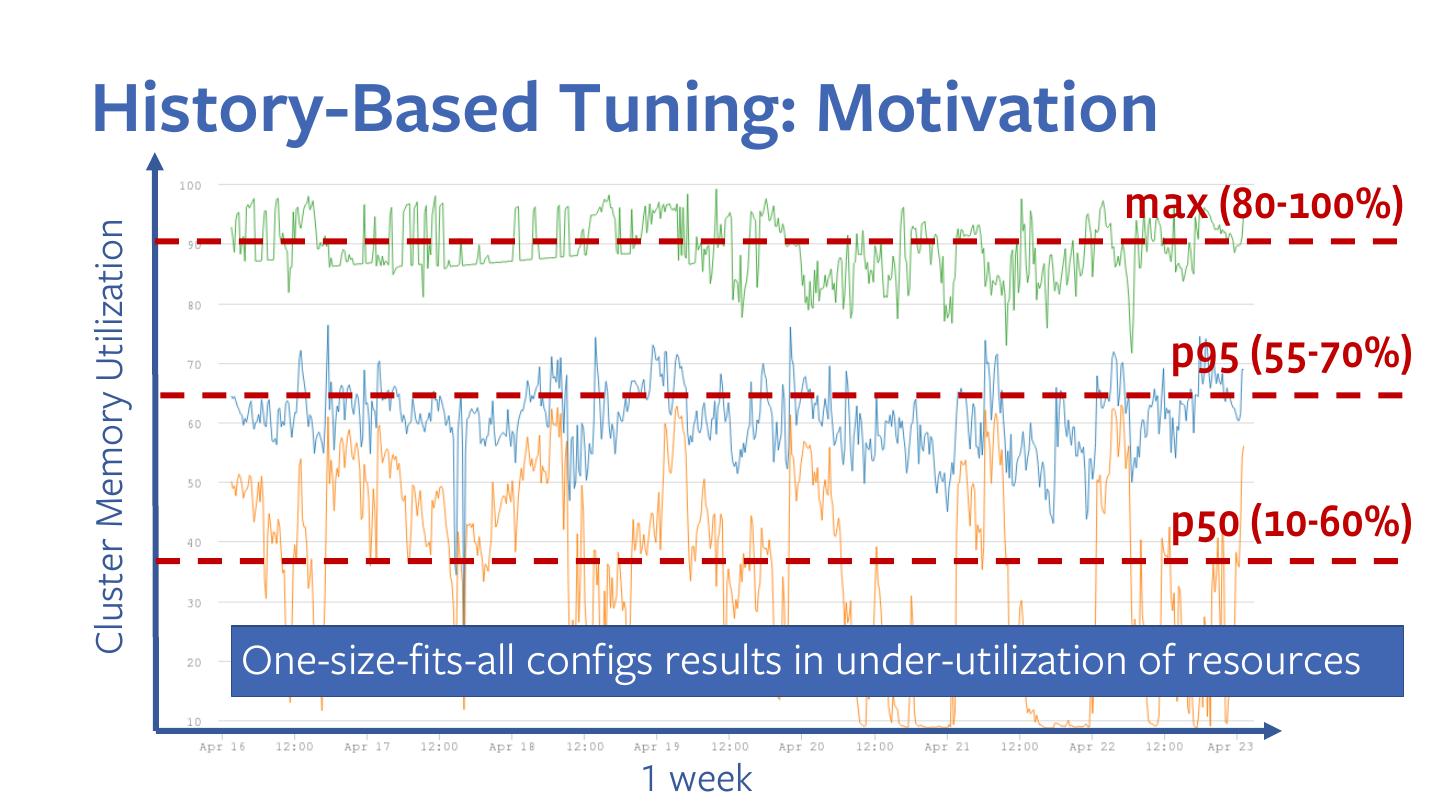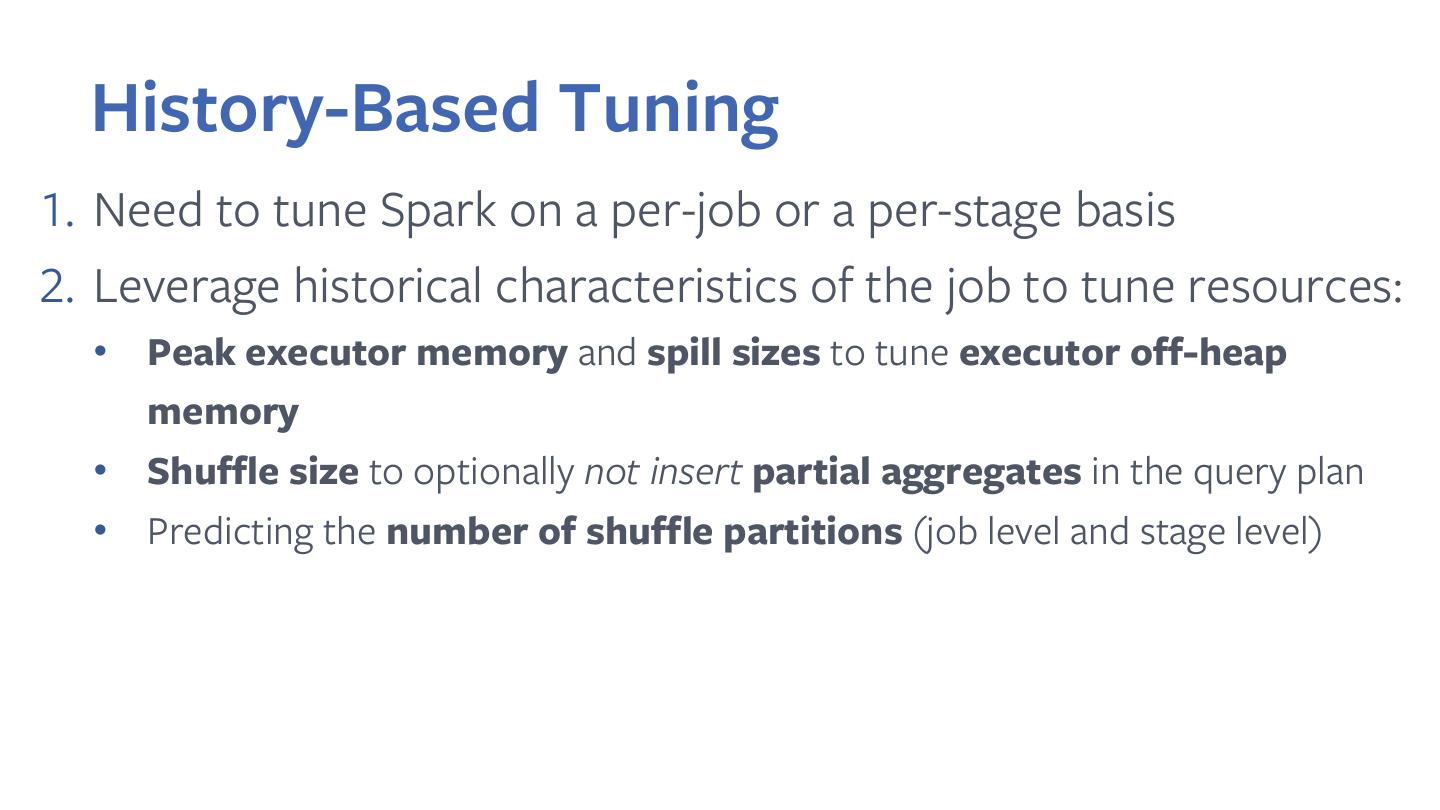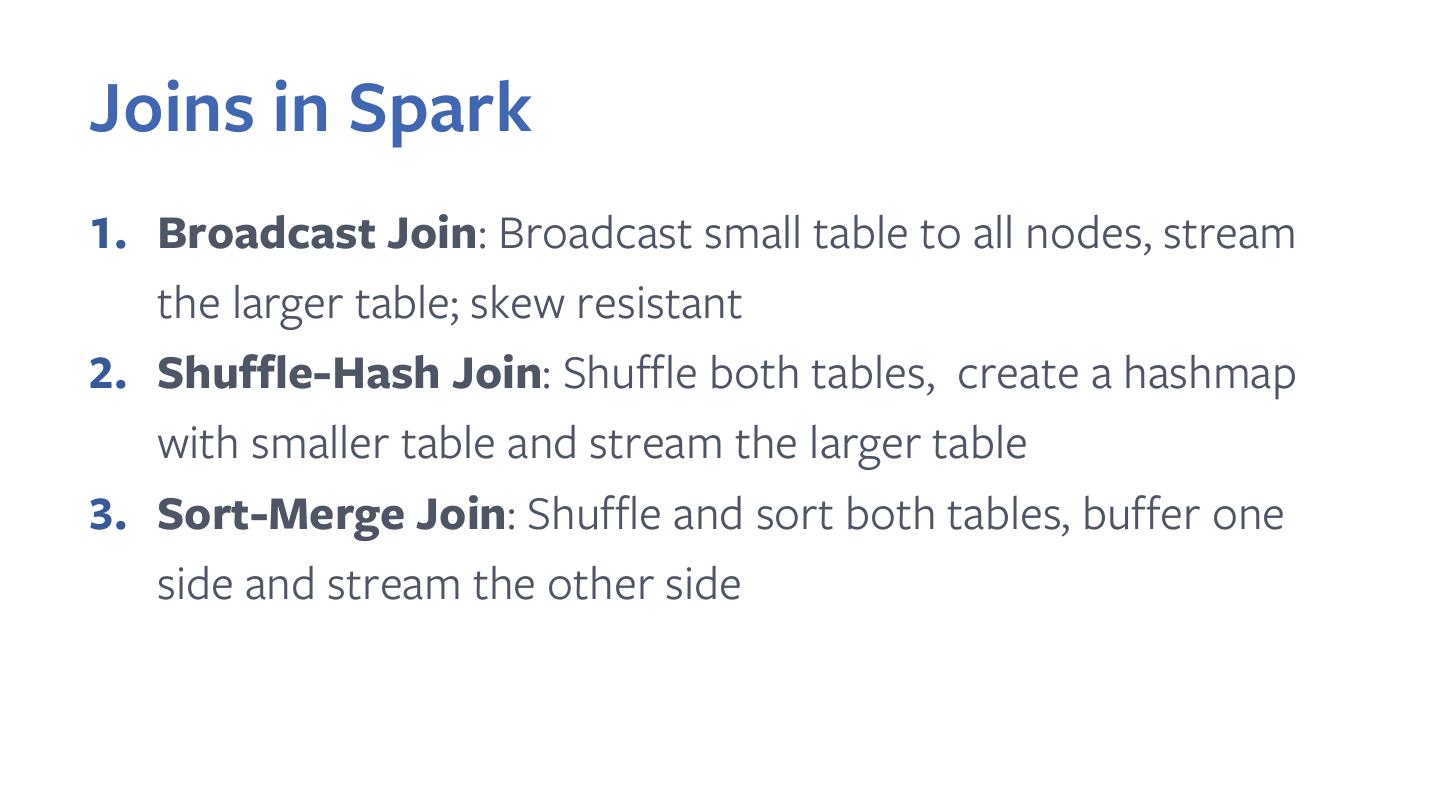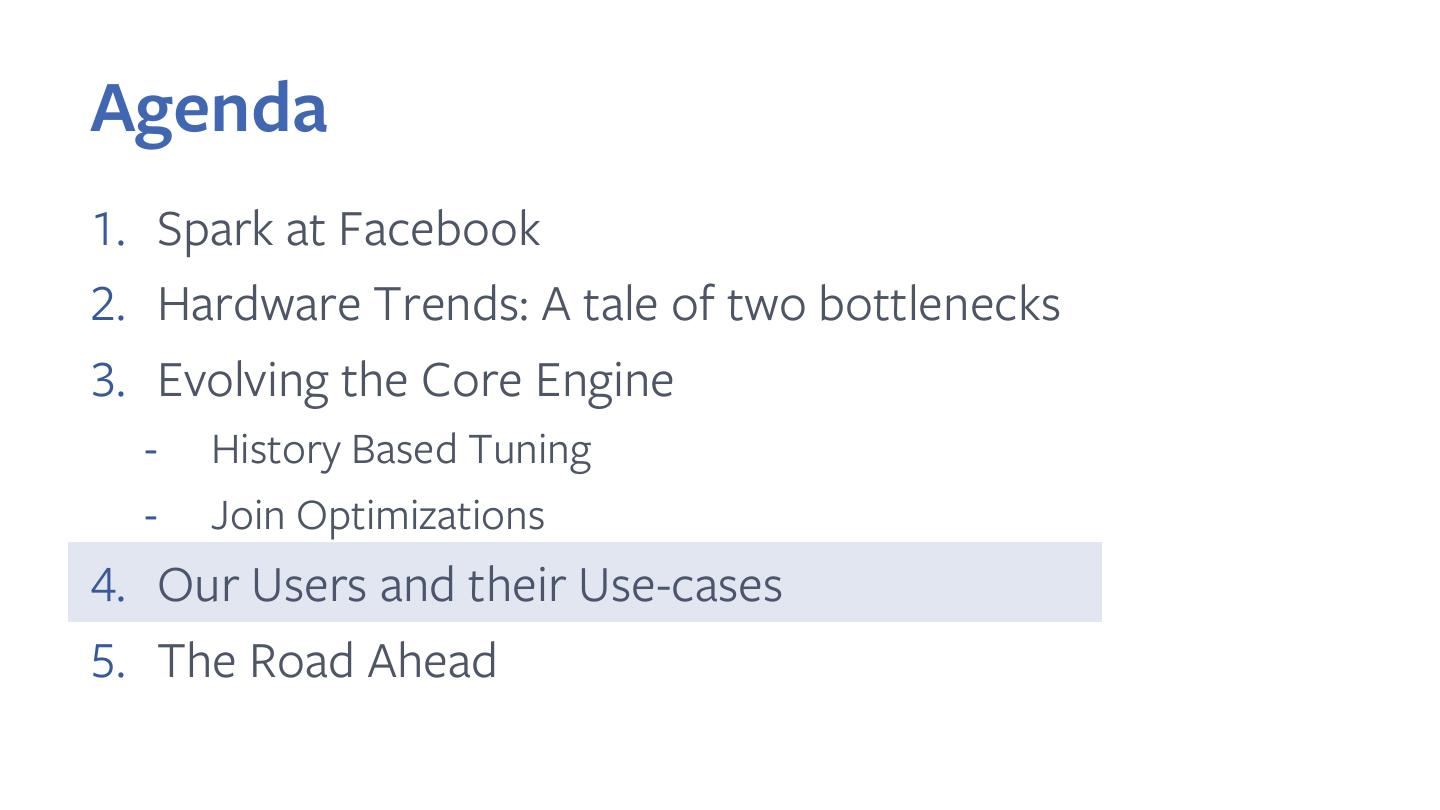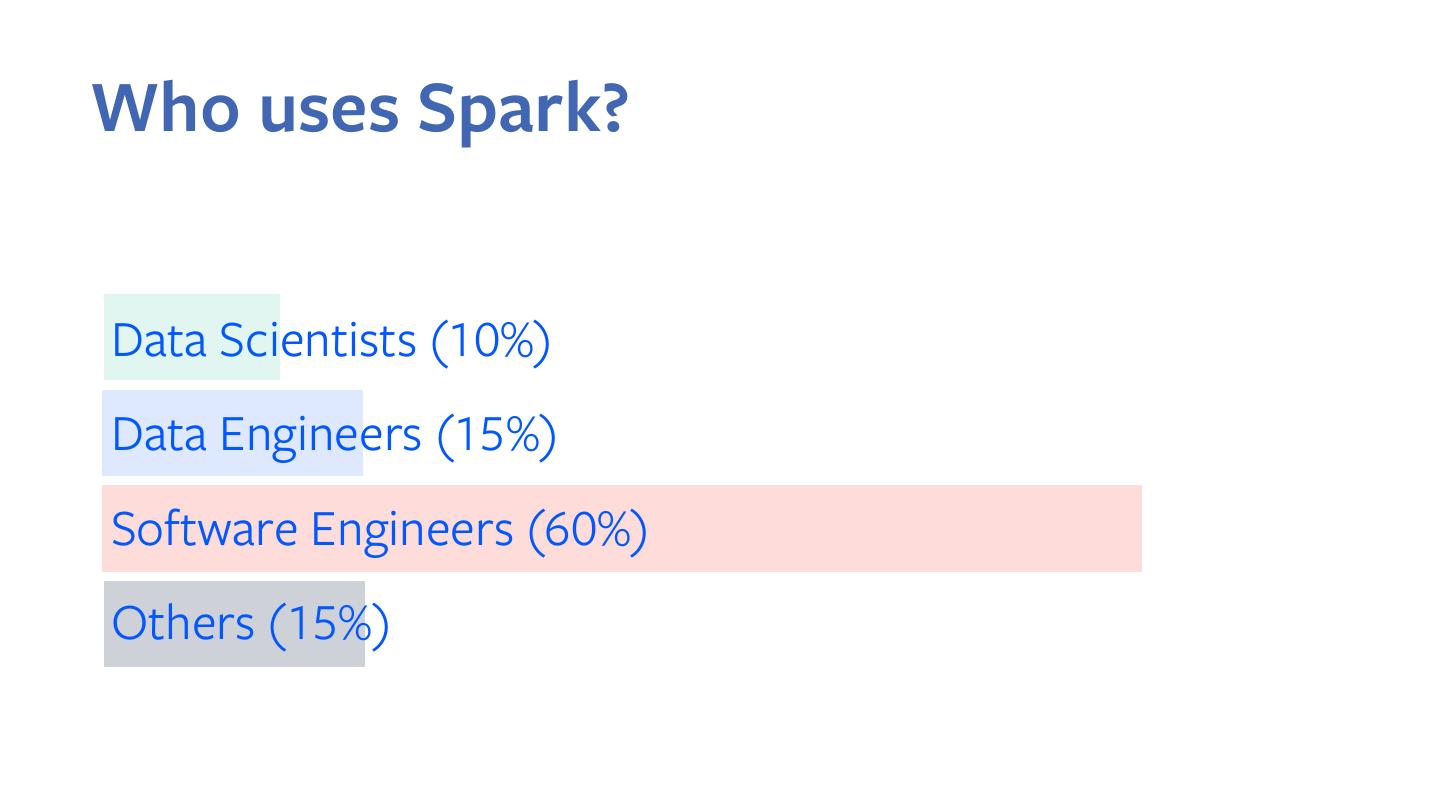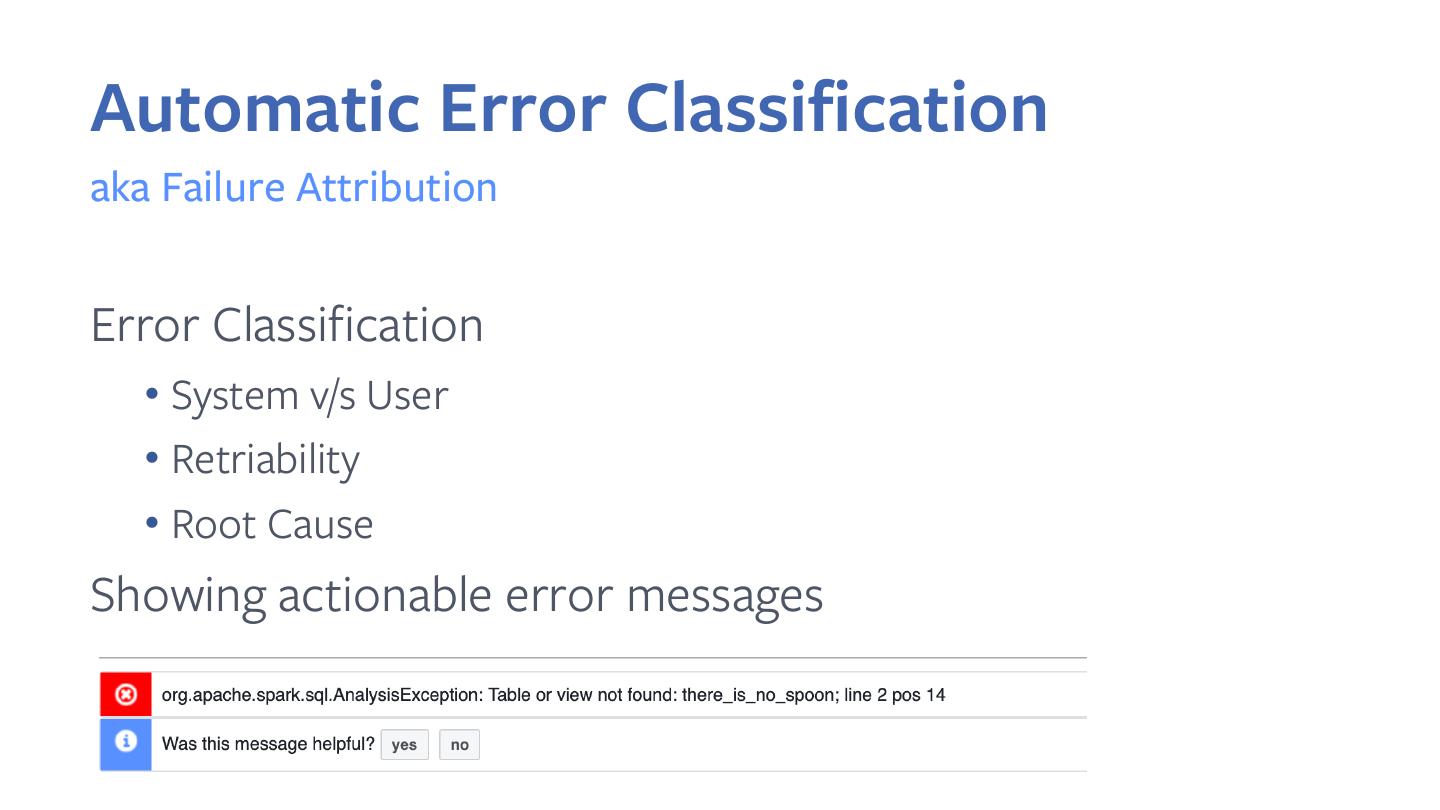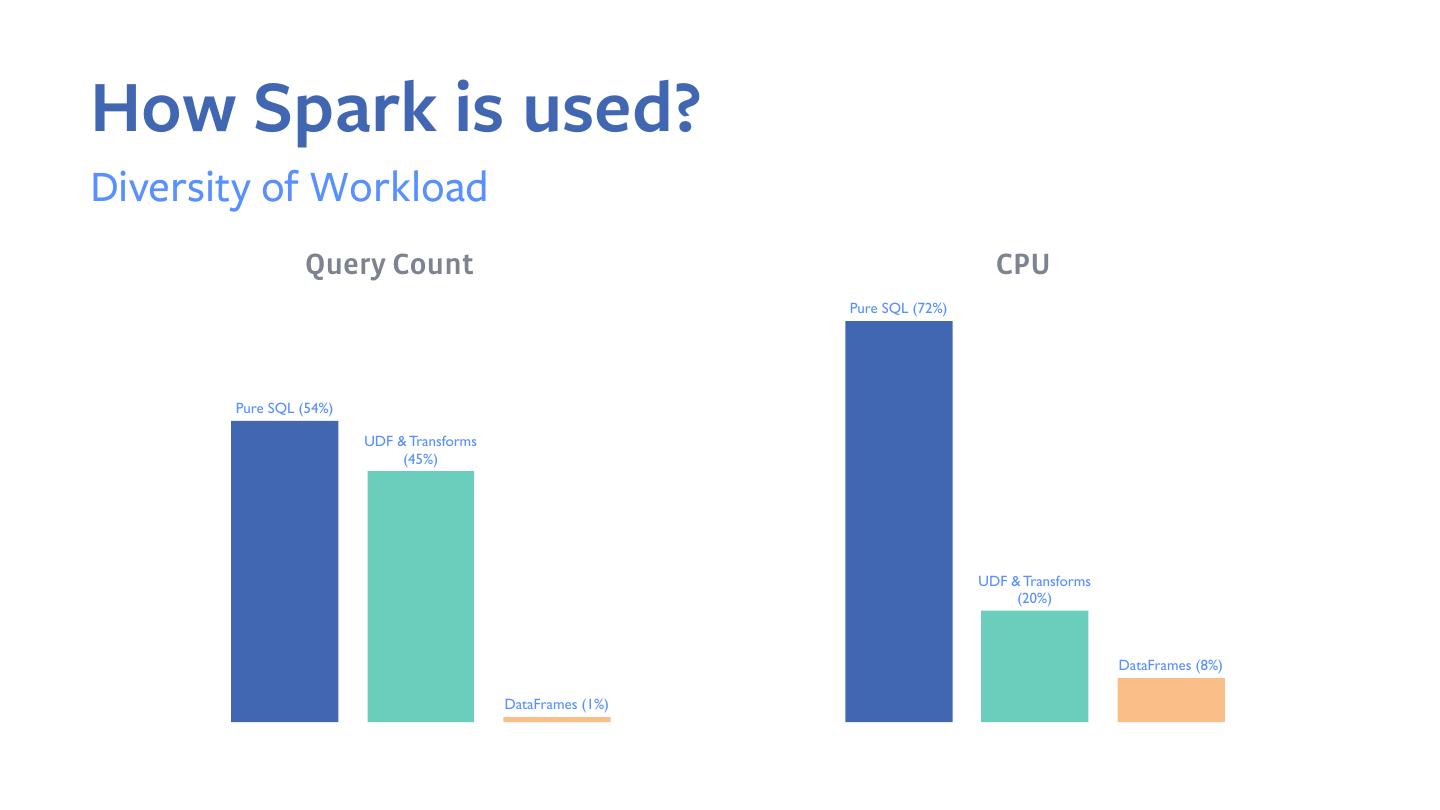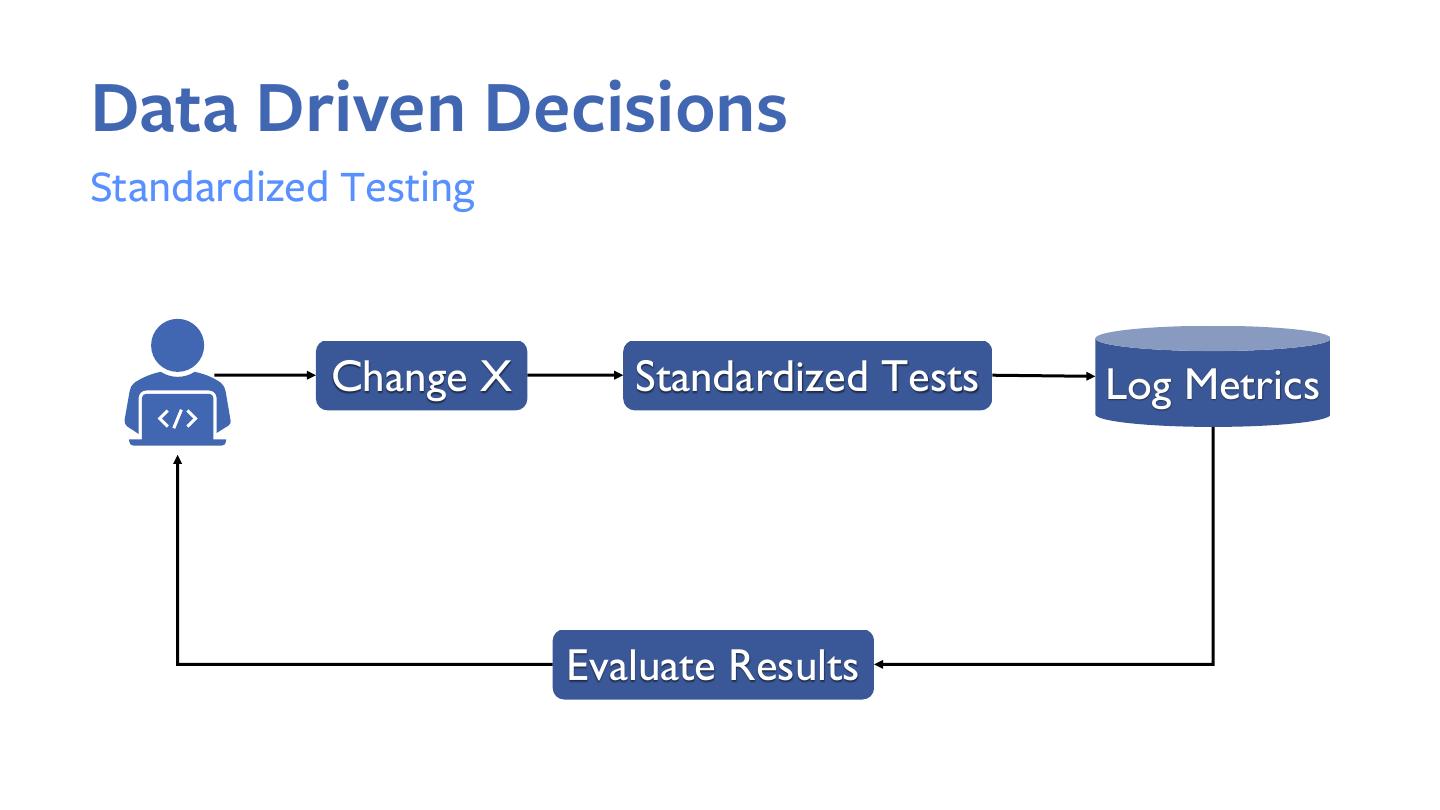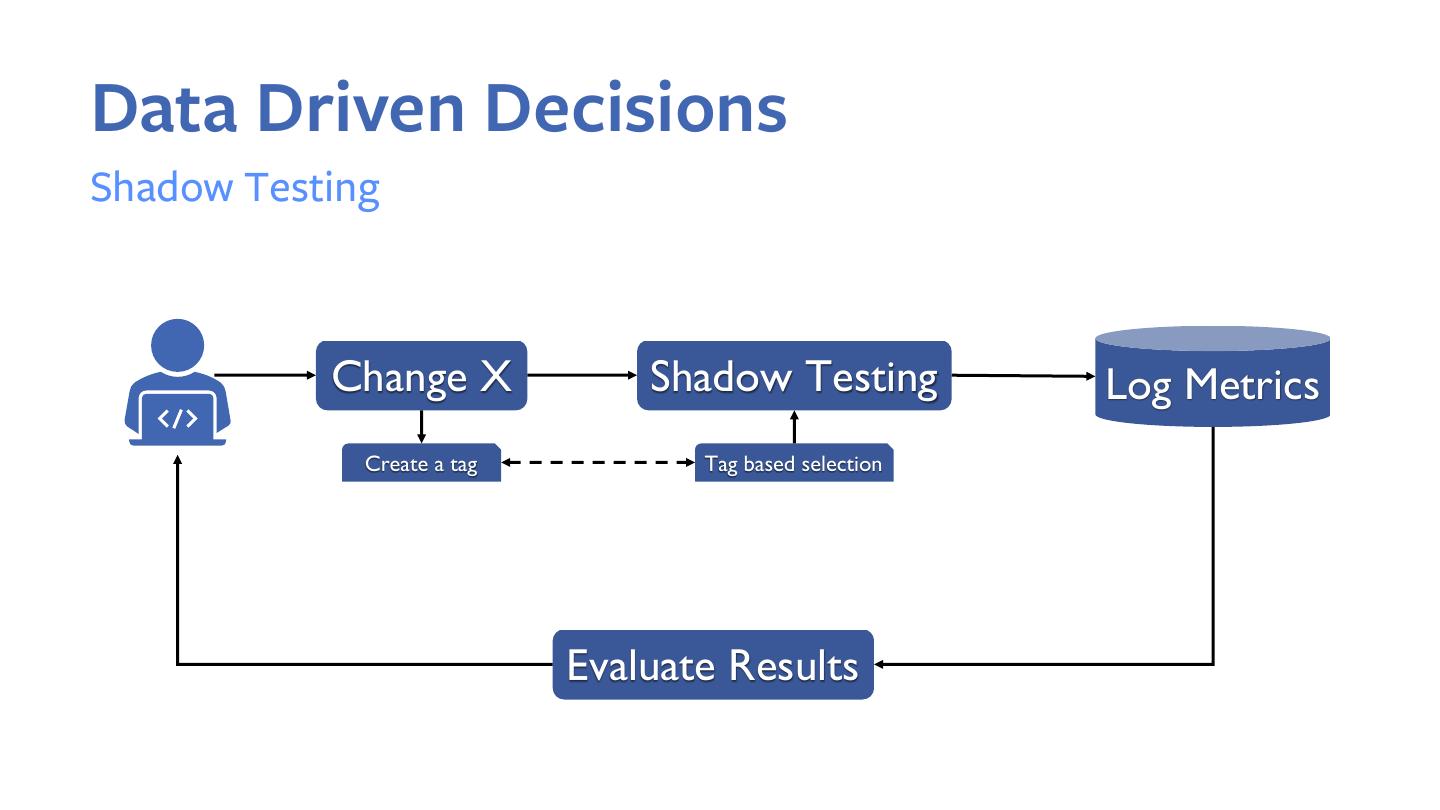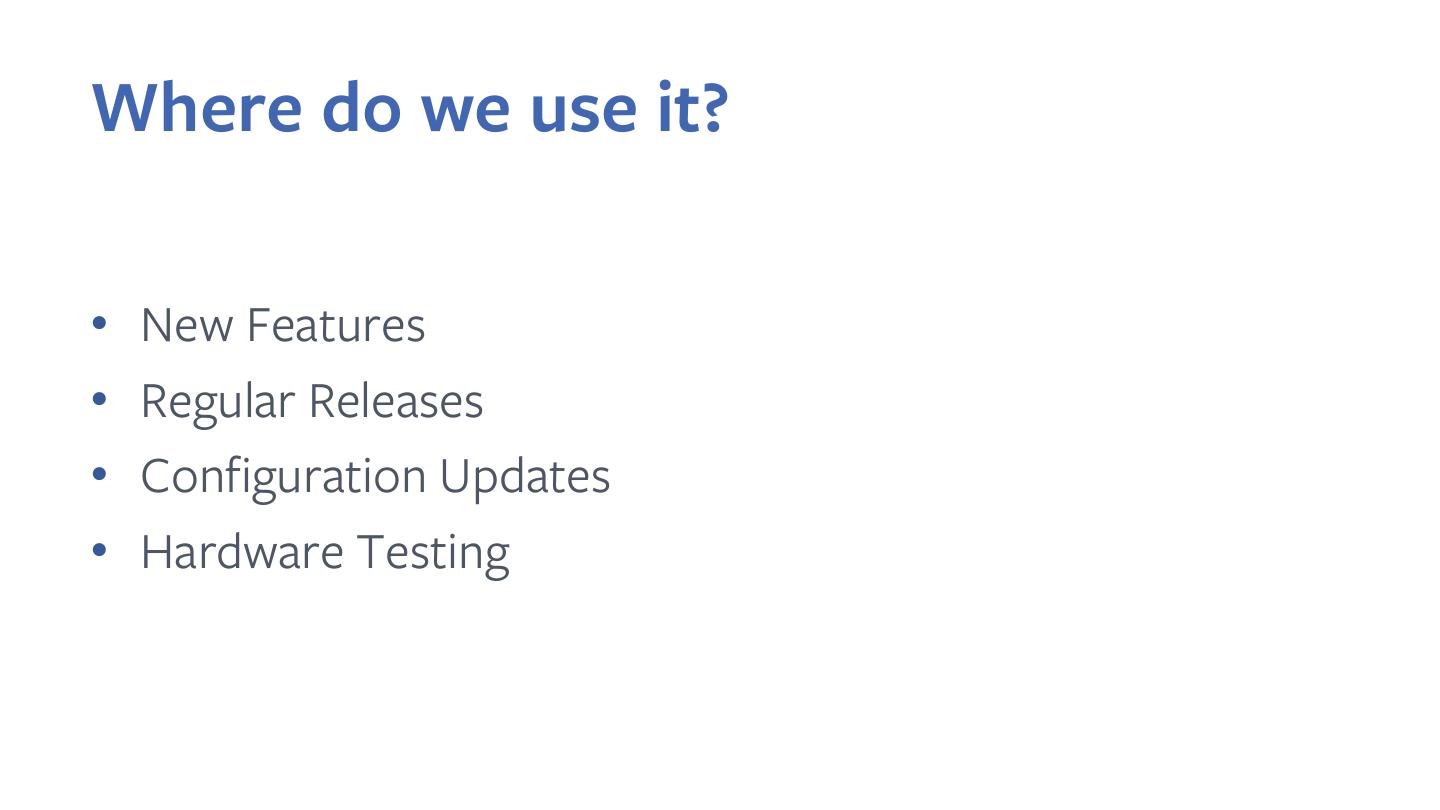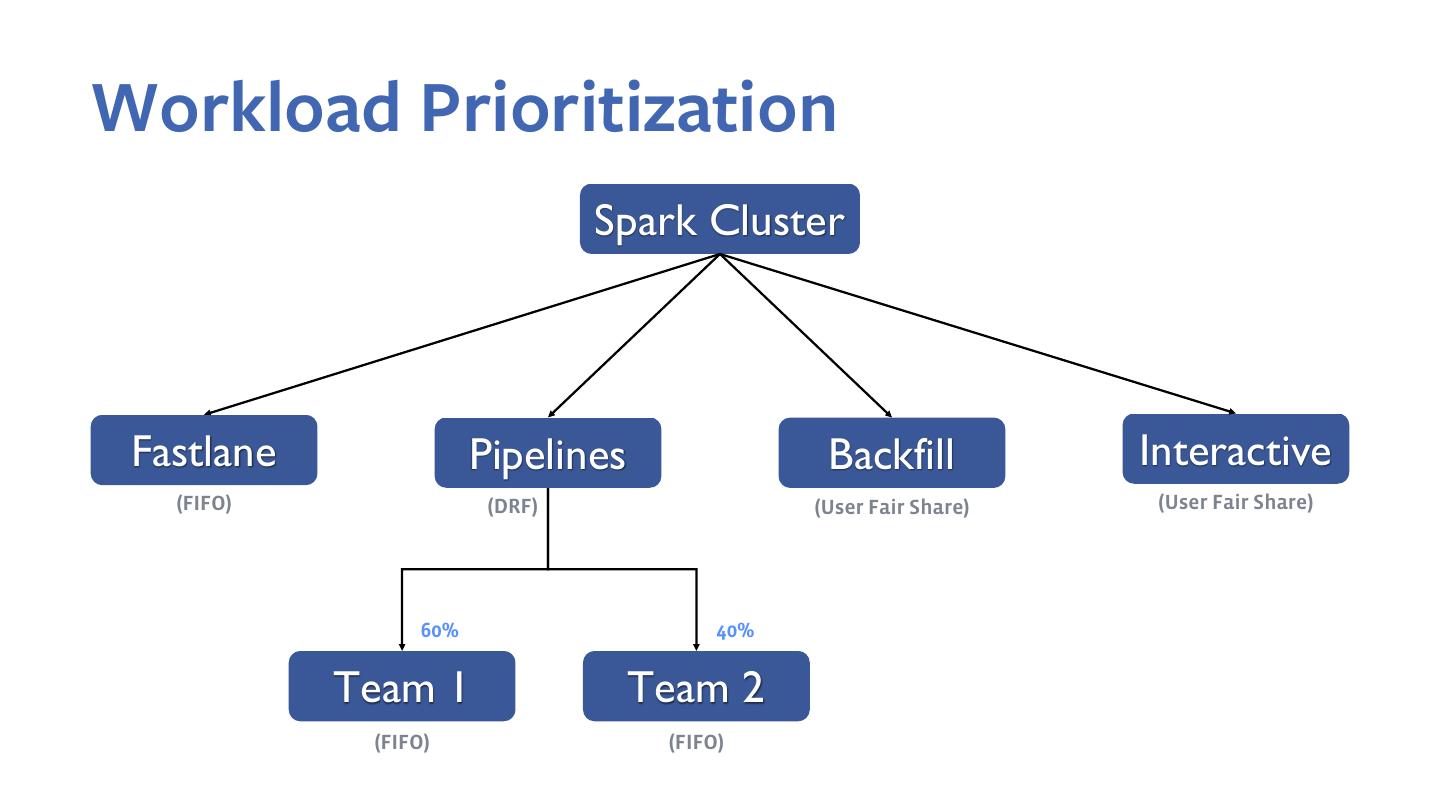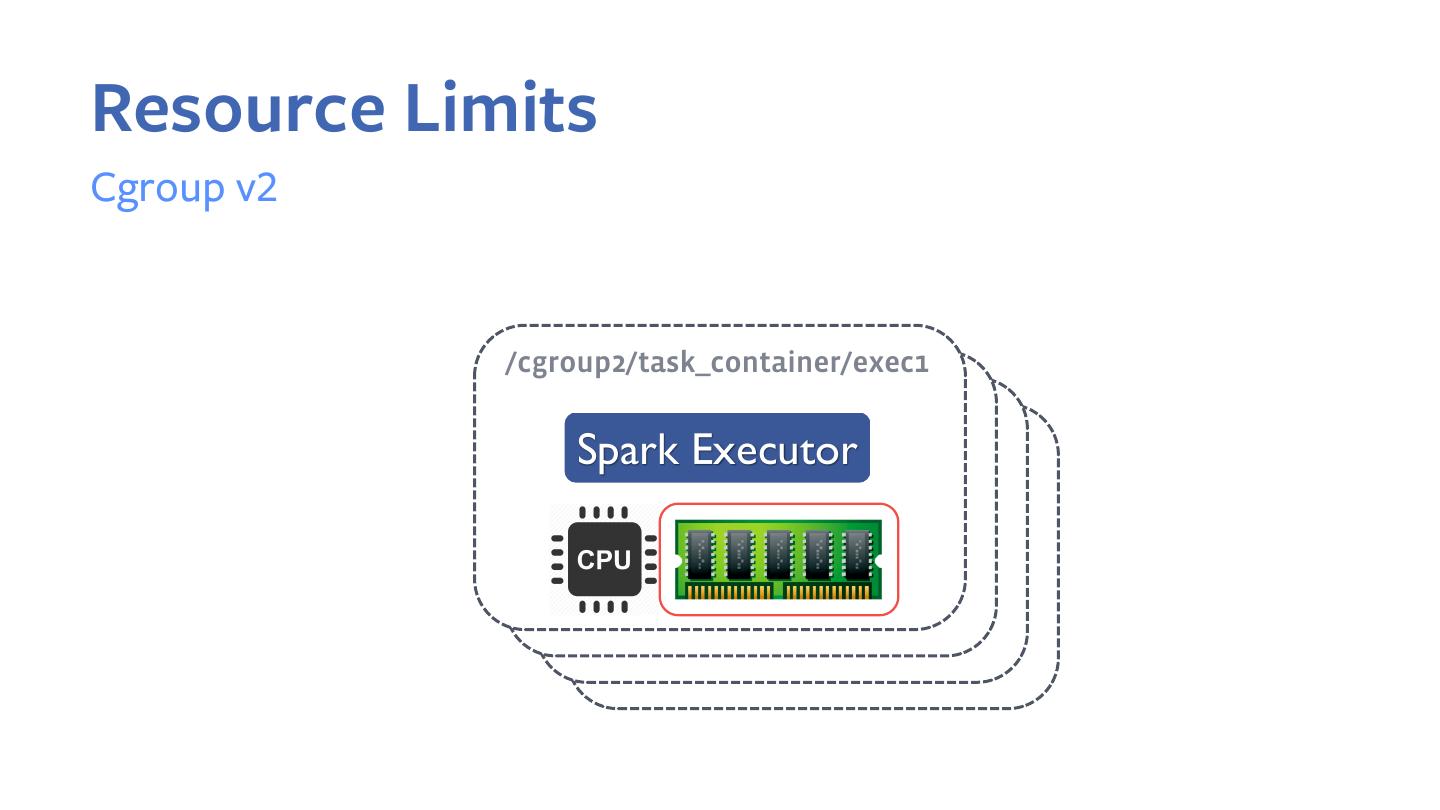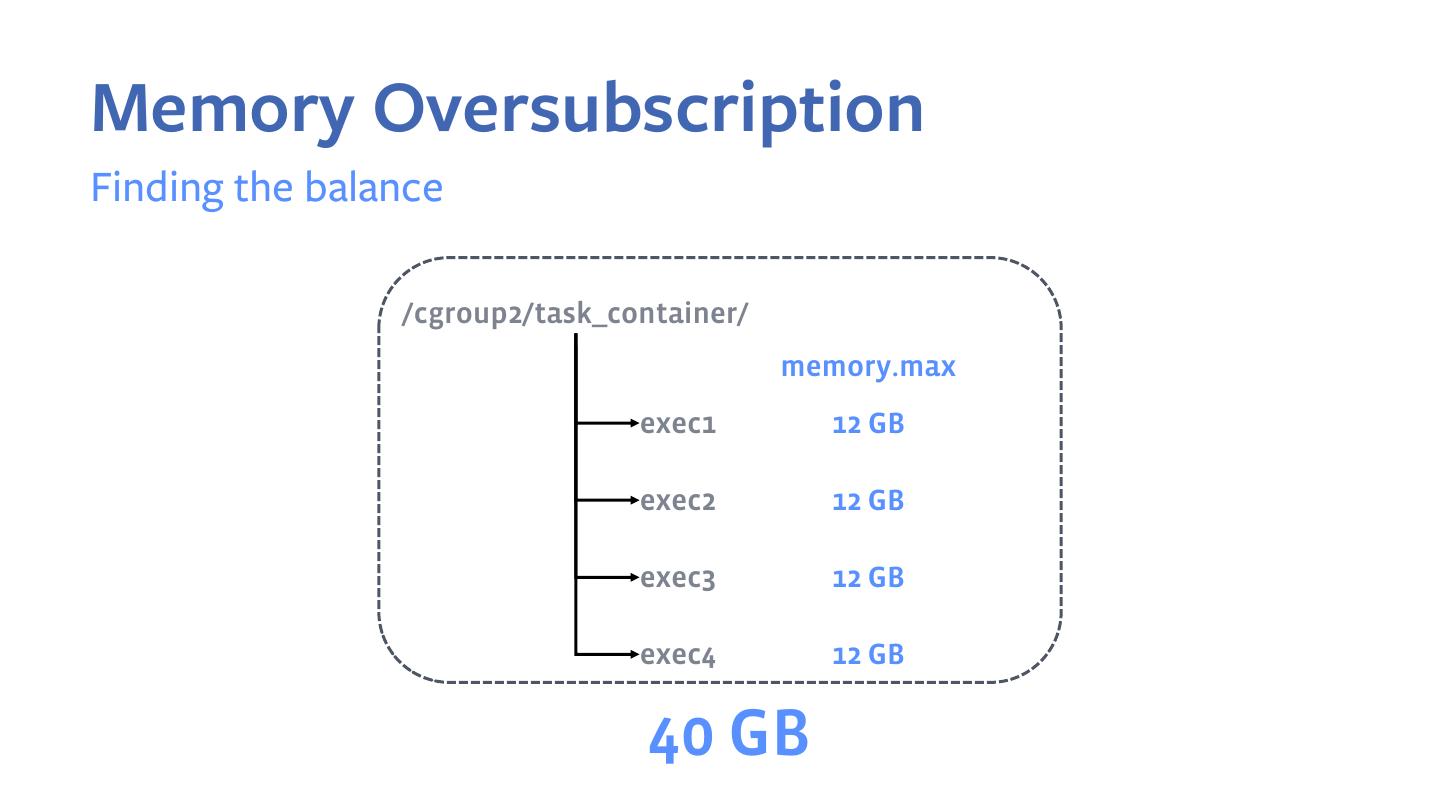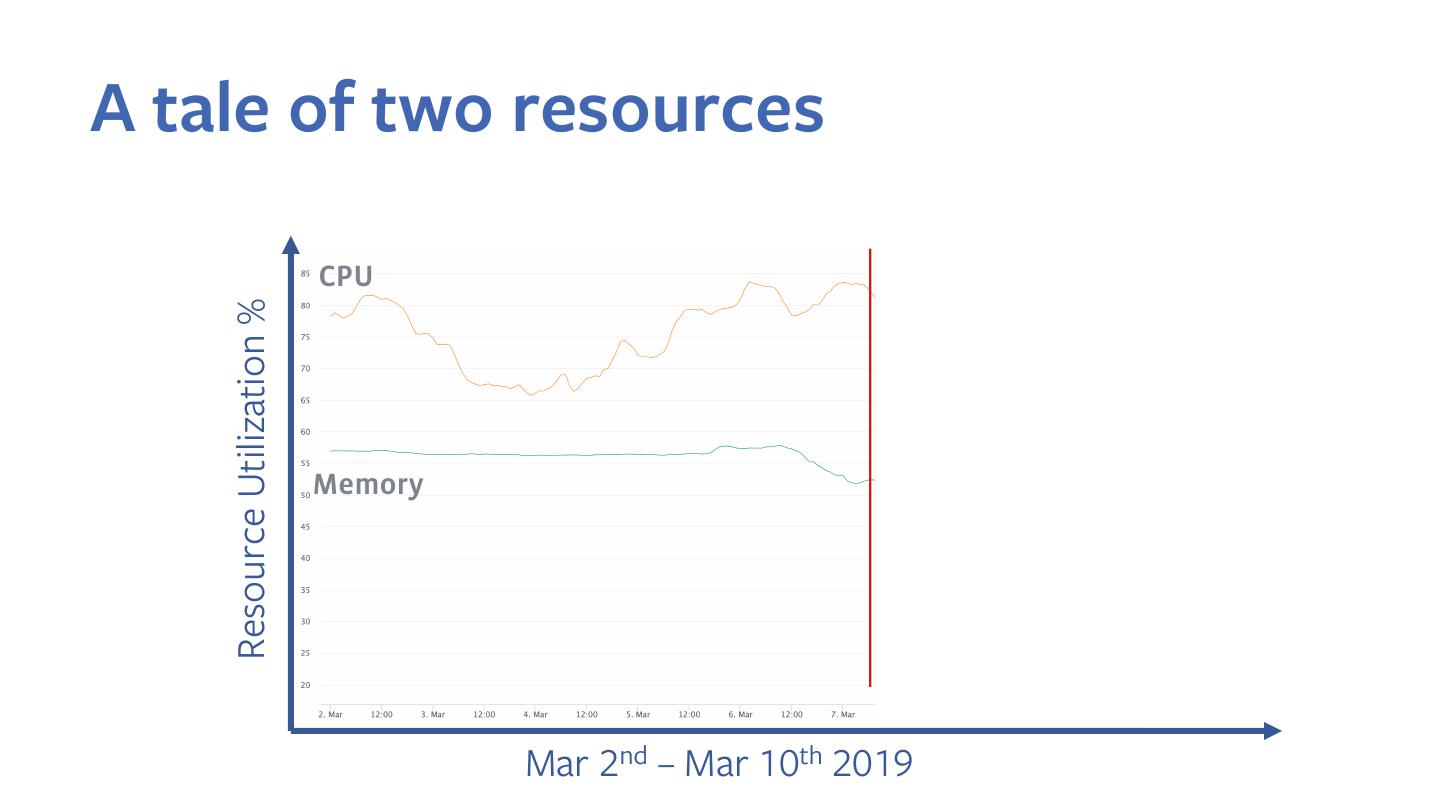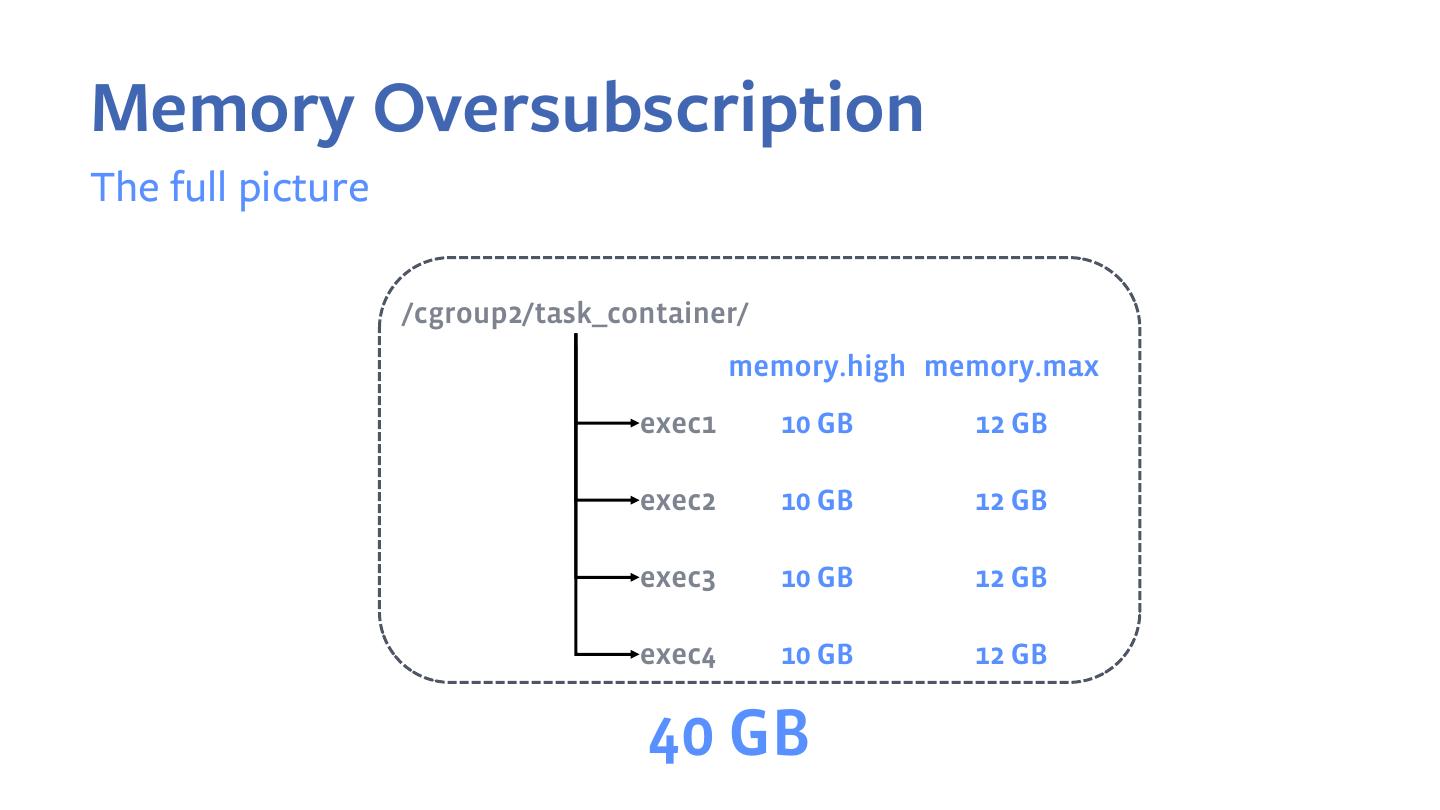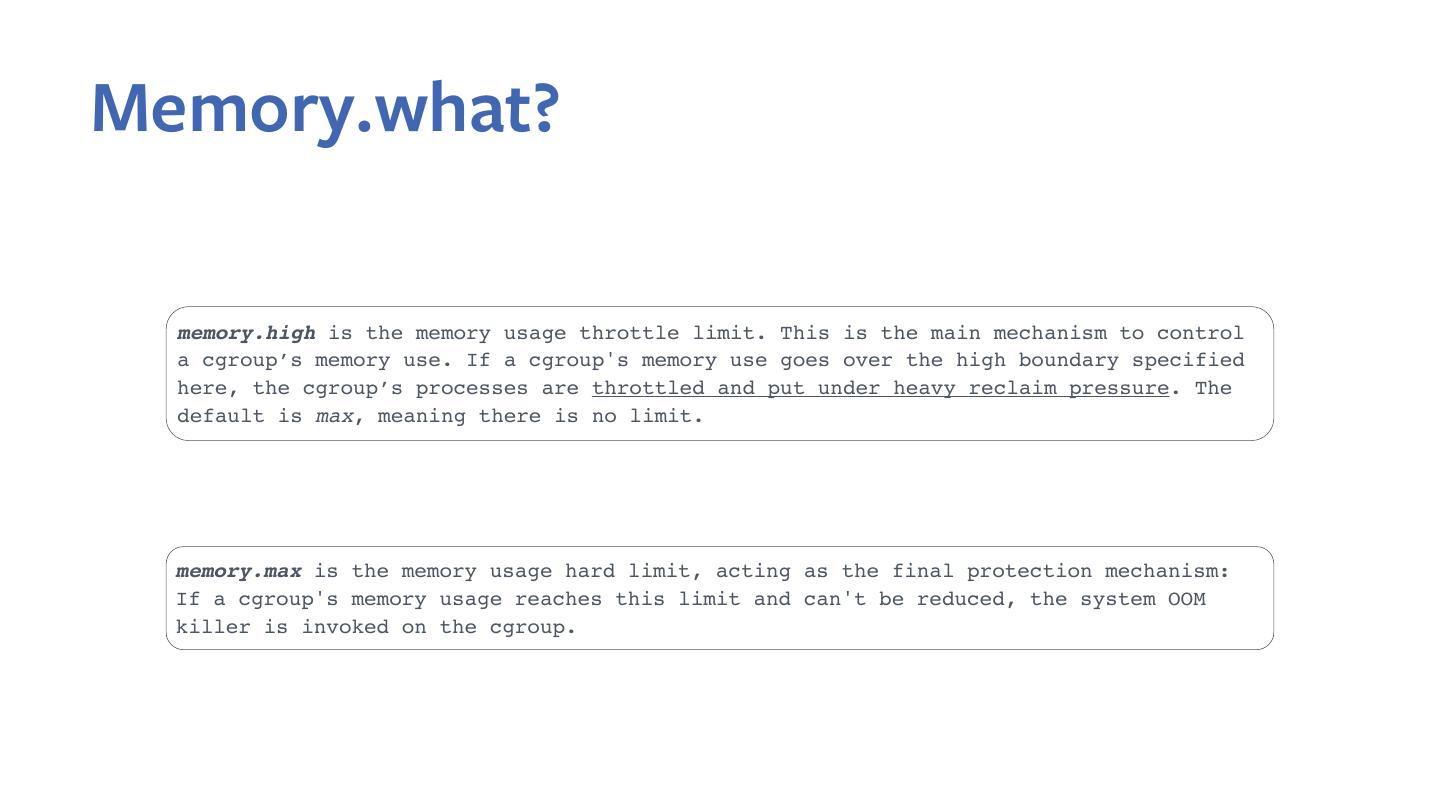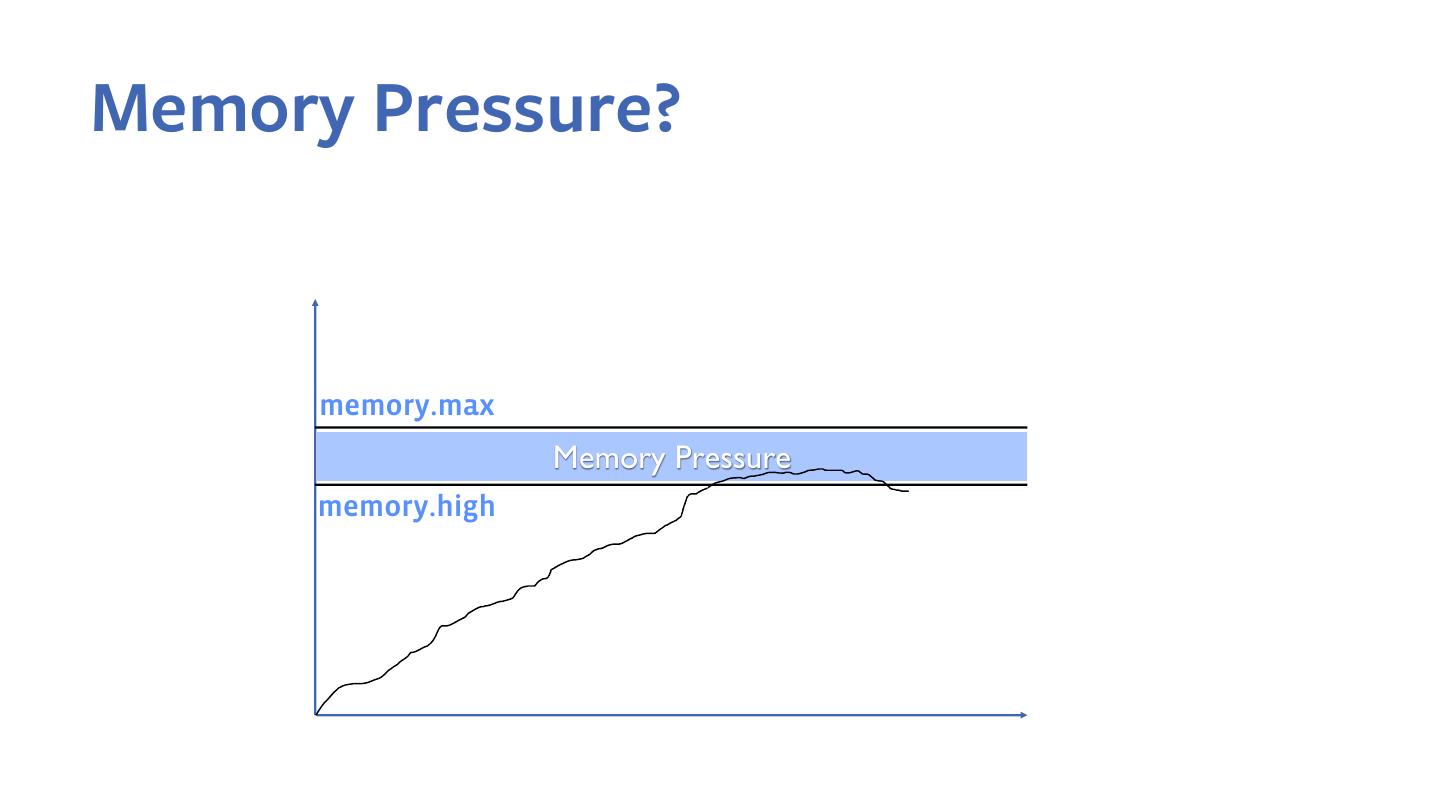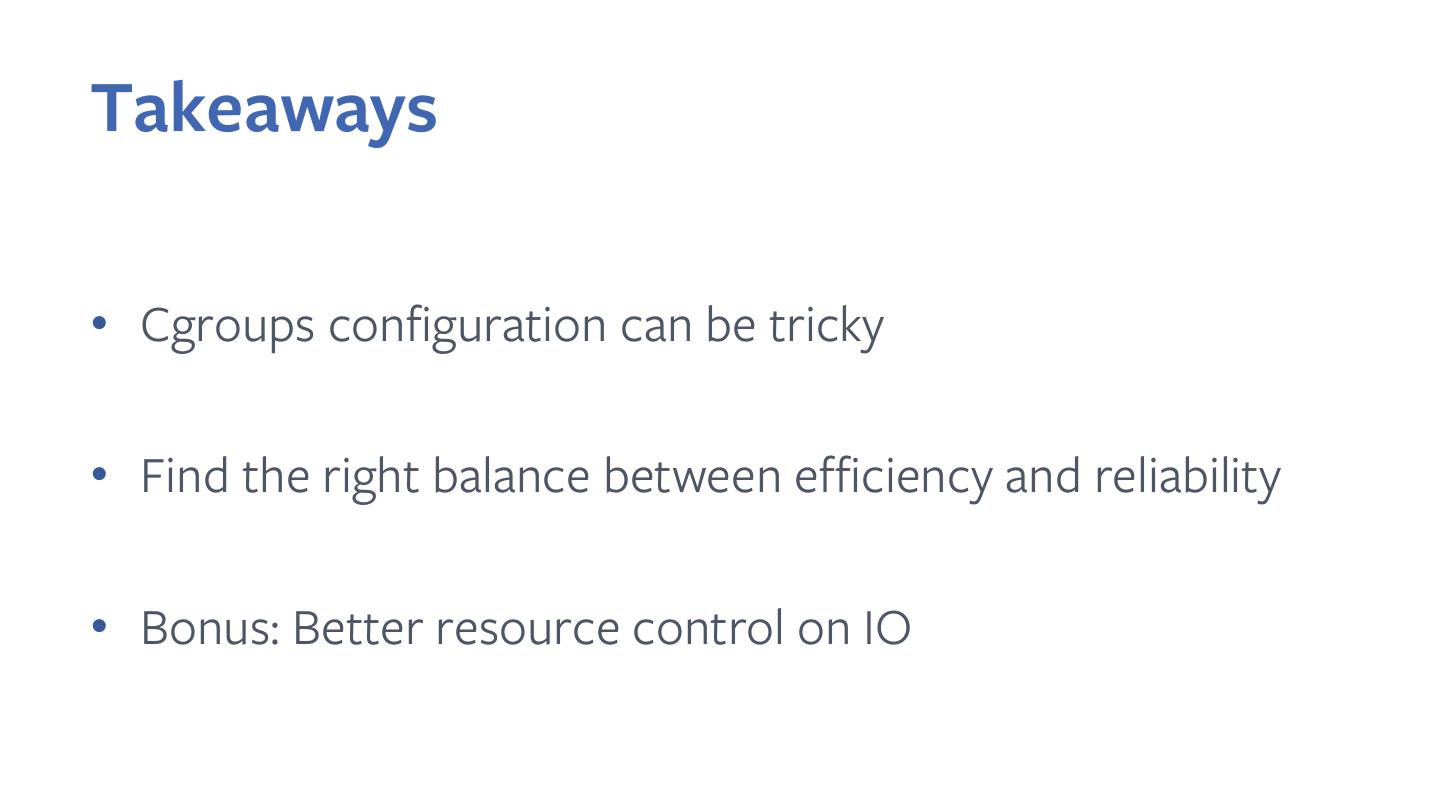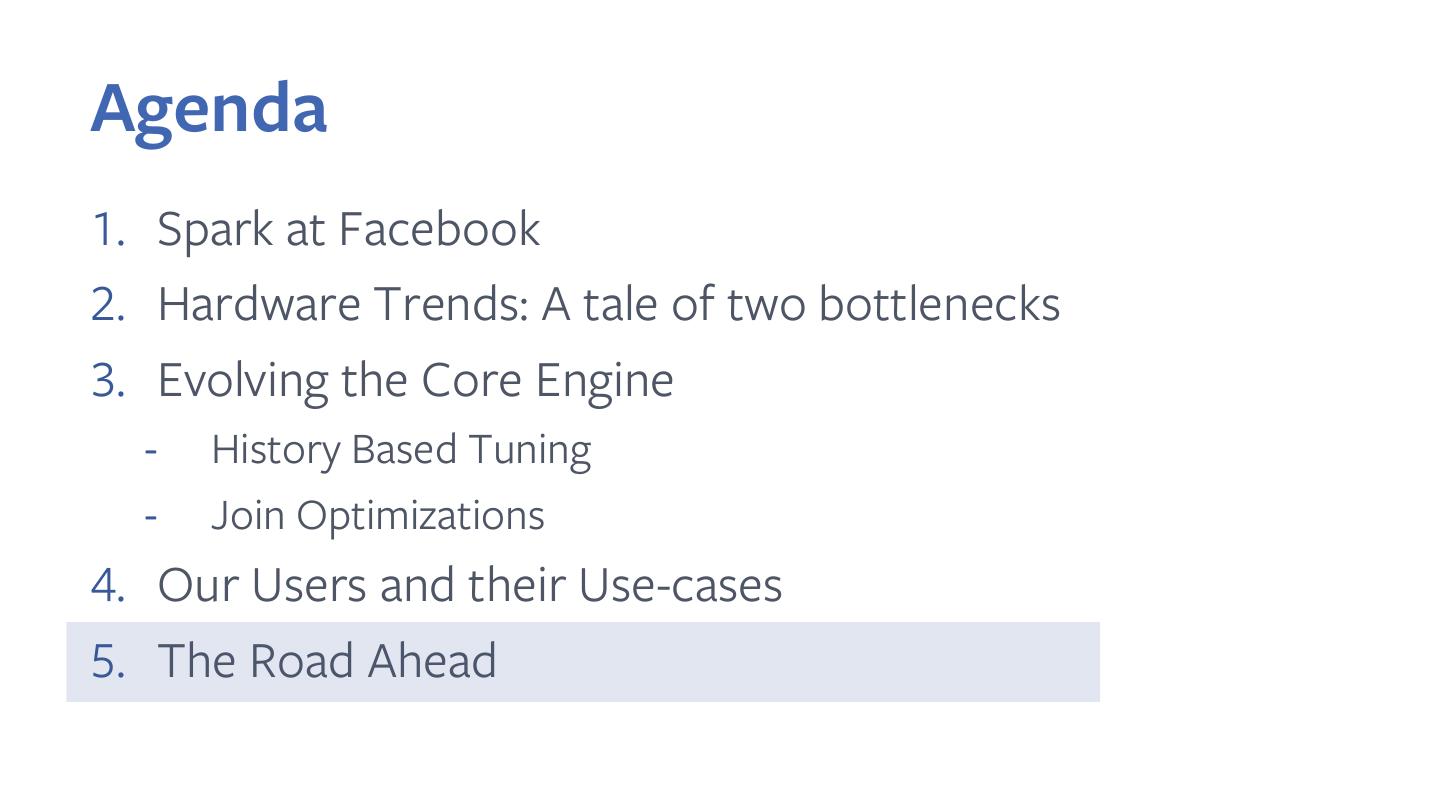- 快召唤伙伴们来围观吧
- 微博 QQ QQ空间 贴吧
- 视频嵌入链接 文档嵌入链接
- 复制
- 微信扫一扫分享
- 已成功复制到剪贴板
Scaling Apache Spark at Facebook
展开查看详情
1 .Scaling Apache Spark at Facebook Sameer Agarwal & Ankit Agarwal Spark Summit | San Francisco | 24 th April 2019
2 .About Us Sameer Agarwal - Software Engineer at Facebook (Data Warehouse Team) - Apache Spark Committer (Spark Core/SQL) - Previously at Databricks and UC Berkeley Ankit Agarwal - Production Engineering Manager at Facebook (Data Warehouse Team) - Data Infrastructure Team at Facebook since 2012 - Previously worked on the search team at Yahoo!
3 .Agenda 1. Spark at Facebook 2. Hardware Trends: A tale of two bottlenecks 3. Evolving the Core Engine - History Based Tuning - Join Optimizations 4. Our Users and their Use-cases 5. The Road Ahead
4 .Agenda 1. Spark at Facebook 2. Hardware Trends: A tale of two bottlenecks 3. Evolving the Core Engine - History Based Tuning - Join Optimizations 4. Our Users and their Use-cases 5. The Road Ahead
5 .Data at Facebook
6 .2.7 Billion MAU 2 Billion DAU Source: Facebook Q4 2018 earnings call transcript
7 .The Journey 2019 Scaling Spark 2018 Full-production Largest Compute 2017 deployment Engine at Facebook by CPU Running 60TB+ 2016 shuffle pipelines Successor to Apache Hive at Facebook Few Pipelines in 2015 Production Small Scale Experiments
8 .Agenda 1. Spark at Facebook 2. Hardware Trends: A tale of two bottlenecks 3. Evolving the Core Engine - History Based Tuning - Join Optimizations 4. Our Users and their Use-cases 5. The Road Ahead
9 .Hardware Trends CPU, DRAM, and Disk
10 .Hardware Trends CPU, DRAM, and Disk 1. The industry is optimizing for throughput by adding more cores 2. To optimize performance/watt, next generation processors will have more cores that run at lower frequency
11 .Hardware Trends CPU, DRAM, and Disk 1. The price of DRAM continued to rise throughout 2016-2018 and has started fluctuating this year 2. Need to reduce our over- dependence on DRAM
12 .Hardware Trends CPU, DRAM, and Disk 1. Disk sizes continue to increase but the number of random accesses per second aren’t increasing 2. IOPS becomes a bottleneck
13 .What does this mean for Spark? 1. Optimize Spark for increasing core-memory ratio 2. Run Spark on disaggregated compute/storage clusters - Use server types optimized for compute and storage - Scale/upgrade clusters independently over time depending on whether CPU or IOPS was a bottleneck 3. Scale extremely diverse workloads (SQL, ML etc.) on Spark over clusters of tens of thousands of heterogenous machines
14 .Spark Architecture at Facebook Compute Cluster Storage Cluster Executor #1 Distributed FS instance #1 Executors #2 Distributed FS instance #2 Distributed FS instance #3
15 .Spark Architecture at Facebook Spill, Compute Cluster Storage Cluster Cache, Shuffle Executor #1 Distributed FS instance #1 Executors #2 Distributed FS instance #2 Distributed FS instance #3
16 .Spark Architecture at Facebook Spill, Compute Cluster Storage Cluster Cache, Shuffle Executor #1 Distributed FS instance #1 Executors #2 Distributed FS instance #2 Distributed FS instance #3 Tangram Scheduler Heterogenous Hardware (purchased over 0-5 years)
17 .Spark Architecture at Facebook Spill, Compute Brian Cho andCluster Dmitry Borovsky, Cosco: An Efficient Storage Cluster Shuffle Service Facebook-Scale Cache, Shuffle Today at 4:30PM (Developer Track) Executor #1 Distributed FS instance #1 Executors #2 Distributed FS instance #2 Rui Jian and Hao Lin, Tangram: Distributed Scheduling for Spark at Facebook Distributed FS instance #3 Tangram Scheduler Tomorrow at 11:50AM (Developer Track) Heterogenous Hardware (purchased over 0-5 years)
18 .Agenda 1. Spark at Facebook 2. Hardware Trends: A tale of two bottlenecks 3. Evolving the Core Engine Contributed 100+ - History Based Tuning patches upstream - Join Optimizations 4. Our Users and their Use-cases 5. The Road Ahead
19 .History-Based Tuning: Motivation max (80-100%) Cluster Memory Utilization p95 (55-70%) p50 (10-60%) 1 week
20 .History-Based Tuning: Motivation max (80-100%) Cluster Memory Utilization p95 (55-70%) p50 (10-60%) One-size-fits-all configs results in under-utilization of resources 1 week
21 .History-Based Tuning: Motivation Percentage of Spark Tasks (CDF) 75% of Spark tasks use less than 600 MB of peak execution memory Peak Execution Memory Bytes
22 .History-Based Tuning: Motivation Percentage of Spark Tasks (CDF) 75% of Spark tasks use less than 600 MB of peak execution memory Individual resource requirements for each Spark task has a huge variance Peak Execution Memory Bytes
23 . History-Based Tuning 1. Need to tune Spark on a per-job or a per-stage basis 2. Leverage historical characteristics of the job to tune resources: • Peak executor memory and spill sizes to tune executor off-heap memory • Shuffle size to optionally not insert partial aggregates in the query plan • Predicting the number of shuffle partitions (job level and stage level)
24 .History-Based Tuning InsertIntoHiveTable [partitions: ds,country] +- *Project [cast(key as int) AS key, value] Query Plan +- *HiveTableScan (db.test) [col: key,value] [part: ds] Template New Query
25 .History-Based Tuning Query Plan Regressions/Failures Template since past N days Apply Conservative Defaults Apply Config New Historical No Regressions/Failures Overrides Query Job Runs since past N days Config Override Rules
26 .Joins in Spark 1. Broadcast Join: Broadcast small table to all nodes, stream the larger table; skew resistant 2. Shuffle-Hash Join: Shuffle both tables, create a hashmap with smaller table and stream the larger table 3. Sort-Merge Join: Shuffle and sort both tables, buffer one side and stream the other side
27 .Sort-Merge-Bucket (SMB) Join 1. Bucketing is a way to shuffle (and optionally sort) output data based on certain columns of table 2. Ideal for write-once, read-many datasets 3. Variant of Sort Merge Join in Spark; overrides outputPartitioning and outputOrdering for HiveTableScanExec and stitches partitioning/ ordering metadata throughout the query plan SPARK-19256
28 .Dynamic Join A hybrid join algorithm where-in each task starts off by executing a shuffle-hash join. In the process of execution, should the hash table exceed a certain size (and OOM), it automatically reconstructs/sorts the iterators and falls back to a sort merge join SPARK- 21505
29 .Skew Join A hybrid join algorithm that processes skewed keys via a broadcast join and non-skewed keys via a shuffle-hash or sort-merge join SELECT /*+ SKEWED_ON(a.userid='10001') */ a.userid FROM table_A a INNER JOIN table_B b ON a.userid = b.userid

